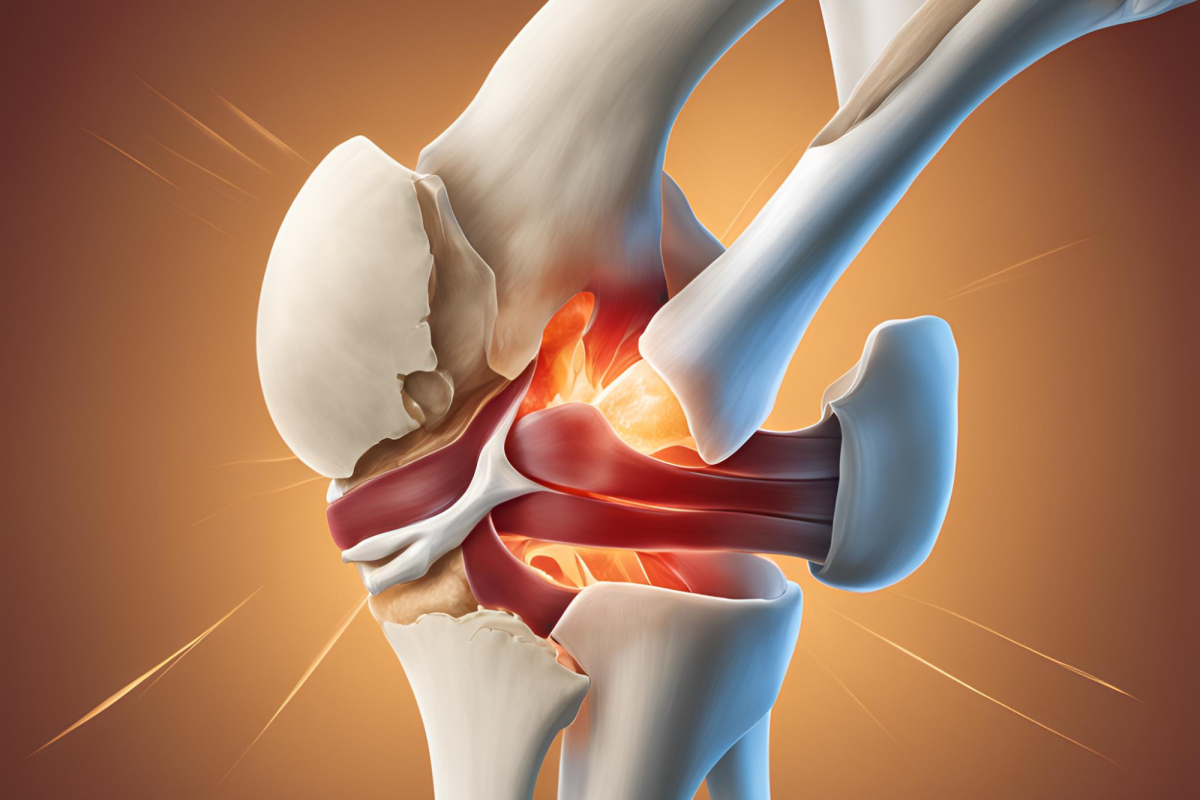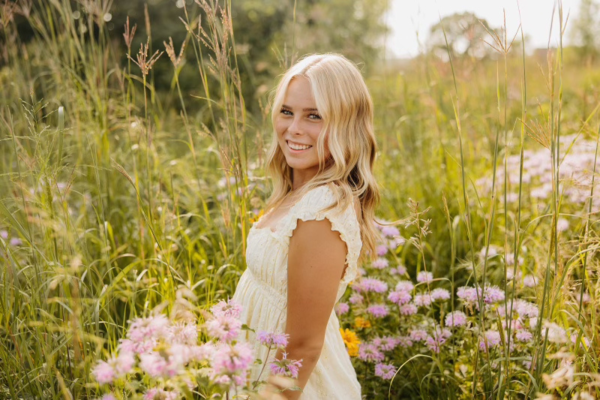Need to know information about the process of an ACL & Meniscus tear:
The anterior cruciate ligament (ACL) is one of the main ligaments in the knee, helping to keep the joint stable. A torn ACL is a serious injury when you suddenly stop while running, change direction quickly, jump, or land awkwardly.
Symptoms of a Torn ACL:
Sudden pain in the knee
A “popping” sound or feeling at the time of injury
Swelling in the knee within 24 hours
Difficulty moving the knee
A feeling that the knee is unstable or might give out
Some children may have little pain or swelling and can still walk or run, even with a torn ACL. If the ACL is torn, there is often also damage to the MCL (medial collateral ligament) and the meniscus, which can cause even more noticeable symptoms.
Treatment for ACL Tears:
Treatment depends on the athlete’s age and sport:
- Surgical treatment: The torn ACL is replaced with a tendon from the athlete’s knee. Surgery is usually done once the knee has healed enough to move and regain strength. Most athletes return to sports in 6 to 9 months after surgery, and surgery is about 90% successful in restoring knee stability.
- Non-surgical treatment: This may include changing the athlete’s activity level, doing rehab exercises, and wearing a knee brace.
Long-Term Effects of an ACL Tear:
An ACL injury can have lasting effects, especially for young athletes. They may feel disconnected from their sport and social circle, leading to depression. Missing school for treatment can also affect their grades. Children and teens with ACL injuries are more likely to develop arthritis in their knees about 15 years later, even with treatment. A child who tears their ACL at age 13 could face chronic knee pain in their 20s and 30s. Additionally, kids with a previous ACL tear have a higher risk (25-35%) of tearing the other ACL.
The Meniscus
The meniscus is made up of two C-shaped pieces of cartilage in the knee that act as cushions between the thigh bone (femur) and the shin bone (tibia). It helps absorb shock and adds stability to the knee joint.
Meniscus tears usually happen during activities that involve twisting or rotating the knee, especially when bearing weight.
Combined ACL and Meniscus Tear
An ACL tear often happens alongside a meniscus tear, affecting up to 17% of ACL patients. This combined injury is common in athletes who play sports with a lot of twisting and pivoting, such as:
Football
Basketball
Soccer
The symptoms of a combined ACL and meniscus tear are similar to those of each injury. Treatment will depend on how severe the
ACL Tear Recovery
Recovering from an ACL tear typically takes 6 to 12 months. During this period, you might need to wear a brace and use crutches to help with movement.
Physical therapy is essential and focuses on restoring the knee’s range of motion, strength, and flexibility. It includes exercises to strengthen the muscles around the knee, making it more stable.
If only the ACL is torn (without other knee damage), it’s called an isolated ACL tear, and the recovery is usually intensive. With this approach, you regain movement as quickly as possible. Over time, the knee strengthens, and you can move on to more challenging exercises and sports-specific training.
Meniscus Tear Recovery
Small tears may heal on their own with a simple treatment called RICE:
Rest, Ice, Compression, and Elevation.
This can take several weeks to a few months.
Larger tears may require surgery. After surgery, the recovery period is usually 4 to 6 weeks. During this time, physical therapy is important to help regain strength, movement, and stability in the knee.
The story of my life before and after my combined ACL and meniscus tear:
I have spent most of my life playing soccer and being constantly busy with practice, games, and traveling for tournaments. Last year, I decided to move to a different soccer club, so I could expand my training and get different coaching from what I have always had. I was extremely nervous to move away from my friends and comfort zone to play with girls that I had never met. However, this season ended up being so important and good for me. I learned a lot about myself, where I do best on the field, and how competitive soccer is in the cities. I needed a new experience to help me prepare for my senior high school soccer season.
That season ended at the end of the school year, and then we started our summer training for school soccer. I was so excited to be back playing with the people I was comfortable with. I felt like a more confident player again, and I was ready to help lead this team throughout our season. We had our first game against Anoka, and it was a great game. We won, and we felt like we could have a great season. Our next game was on Saturday, August 24th, in Bemidji. We knew it was going to be a good game, so we practiced hard all week. After a long bus ride, we got warmed up and were ready for the game.
Our starting lineup headed out onto the field to start the game. After 30 seconds, I received the ball on the outside of the right side. I then tried to turn around and cut around the opposing player and felt my knee move almost feeling like my whole knee dislocated. I immediately fell to the ground after hearing a couple of pops and knew this was going to be bad. I asked my teammate Mollie if she heard my knee, and she said she did. The trainer and my coach ran across the field to me, and the trainer started to do all the knee tests. My coach, Andrea Benninghoff, calmed me and helped me relax because I was panicked. All the tests looked okay to the trainer, but we still wanted to get in to get scans to make sure.
When I went to the doctor, he said he was worried about my ACL and potentially my meniscus. I broke into tears after hearing this news, but my dad knew we needed to wait to get the MRI to know for sure. On Monday morning after this all went down, I went to get my MRI. I was beyond nervous, but I knew I had to just trust the process and I couldn’t go back in time. Later that day we had another game, but I also got my results back. This was probably the hardest day in my life I have had in a long time. I found out my ACL was fully torn, and both sides of my meniscuses were torn. This one step I took in that game had messed up my knee so badly. I was completely heartbroken after working so hard for this season. My soccer career was completely over.
I then had to decide who I wanted to do my surgery, and when I wanted to get it all done. I did a month of prehab to get my full range of motion and keep my strength before my surgery, so after surgery, recovery would be easier. My surgeon recommended I do this, so I decided to schedule my surgery for October 16th, 2024. I was able to still be there for my team for the remainder of the season even though it was extremely hard to just watch. I felt almost completely normal after doing a month of physical therapy, so knowing I was going to have to start over after surgery was difficult. I started to feel so defeated, and that I was missing out on so much of my senior year activities.
Finally, I had my surgery, and it wasn’t as bad as I had prepared for. I spent a week at home recovering and my mom took great care of me. The hardest part was feeling like this was going to be a very long process. After that week of not being able to do anything, I started doing half days back at school because I felt like I was missing everything. I just wanted to go back to being able to move normally and do everything I could do before. Instead, I couldn’t walk or drive, and it was hard to go places with my friends because of being so careful. I tried to just focus on getting my leg stronger as fast as I could and listened to my physical therapists.
Now, I can walk with my brace on, and I just got rid of my crutches. It has been a long journey, but by trusting my physical therapists I am following along with this process. I believe the best way to get my leg stronger than before is to trust the process. Throughout my process, I have had many ups and downs, but at this point, I am feeling stronger. I can be more involved again, and not be as limited in what I can do and where I can go. I am excited to get back to my daily life without noticing my surgery leg.
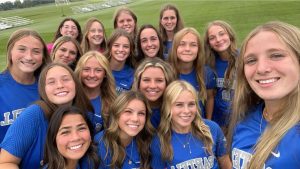
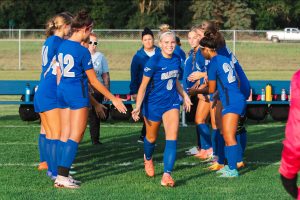
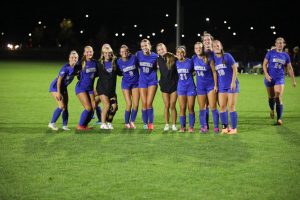
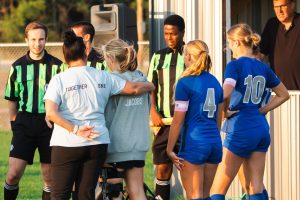
Most challenging part about the process of tearing your ACL for Sartell students:



